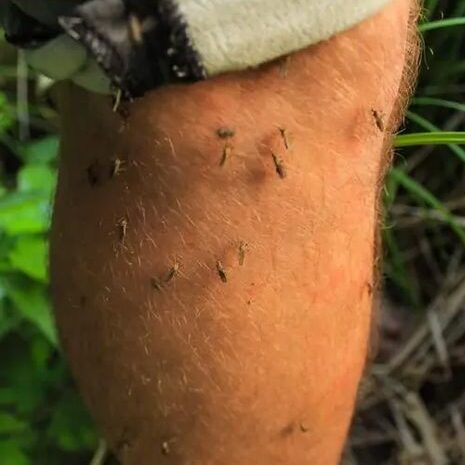Imagine this: you’re sitting outside on a warm summer evening, enjoying the fresh air and the soft glow of twilight. Suddenly, the buzzing begins. You swat at your arms, legs, and face, trying to fend off an endless swarm of mosquitoes and flies. The peaceful moment turns into a frustrating battle against tiny invaders. If this scenario sounds familiar, you’re not alone. Many people struggle with these pests, especially during warmer months. But what if there was a way to reclaim your outdoor space without relying on harsh chemicals?
In this guide, we’ll walk you through everything you need to know about preparing a powerful natural repellent for flies and mosquitoes. By the end, you’ll have all the tools and knowledge to create effective, eco-friendly solutions that keep those pesky insects at bay. Let’s dive in.
Why Choose Natural Repellents?
Before jumping into recipes and techniques, it’s important to understand why natural repellents are worth considering. While commercial insect repellents may seem convenient, many contain synthetic chemicals like DEET, which can pose health risks when used excessively. Studies from organizations such as the Environmental Protection Agency (EPA) have linked prolonged exposure to these chemicals with skin irritation, respiratory issues, and even neurological effects.
On the flip side, natural repellents offer several advantages:
- Healthier for You: Plant-based ingredients are gentler on your skin and less likely to cause adverse reactions.
- Better for the Planet: Unlike chemical sprays, natural repellents break down harmlessly in the environment, reducing pollution.
- Cost-Effective: Making your own repellent is often cheaper than buying store-bought alternatives.
By choosing natural options, you’re not only protecting yourself but also contributing to a healthier ecosystem.

Essential Ingredients for Your Natural Repellent
The secret to creating an effective natural repellent lies in understanding the science behind certain plant-based compounds. These compounds work by either masking scents that attract insects or emitting odors that repel them. Below, we’ll explore some of the top ingredients you’ll want to include in your homemade concoctions.
The Science Behind Natural Repellents
Certain plants produce oils and compounds that naturally deter insects. For example, citronella oil contains geraniol and citronellal, which interfere with mosquitoes’ ability to detect human scent. Similarly, eucalyptus oil has cineole, a compound that irritates insects and drives them away. Understanding how these ingredients function helps you appreciate their effectiveness.
Top Ingredients You’ll Need
Here’s a quick breakdown of key ingredients and their properties:
These ingredients are widely available online or at local health stores. Plus, they’re versatile enough to be combined in various ways depending on your needs.
Step-by-Step Guide to Making Your Own Repellent
Now comes the fun part—actually making your repellent! We’ve put together three easy-to-follow recipes tailored for different situations. Whether you prefer a spray, a trap, or something more decorative, there’s an option here for you.
Spray-Based Natural Repellent
This simple spray is perfect for personal use. Here’s how to make it:
- Gather your materials: 10 drops each of citronella oil and eucalyptus oil, 5 drops of lavender oil, ½ cup distilled water, and ½ cup witch hazel.
- Combine the essential oils in a small glass bottle or spray container.
- Add the distilled water and witch hazel to dilute the mixture.
- Shake well before every use. Apply generously to exposed skin or clothing.
Pro tip: Store the spray in a cool, dark place to preserve its potency.
Homemade Fly Trap Using Natural Ingredients
If flies are your main problem, try this clever trap:
- Mix ¼ cup apple cider vinegar, 2 tablespoons sugar, and 1 tablespoon dish soap in a bowl.
- Stir until the sugar dissolves completely.
- Add warm water to fill the bowl halfway.
- Place the trap near areas where flies congregate, such as windowsills or trash cans.
The sweetness of the sugar attracts flies, while the dish soap breaks surface tension, causing them to drown in the liquid.
Herbal Sachets for Long-Term Protection
For a subtler approach, consider making herbal sachets. These sachets double as room fresheners and insect deterrents.
- Collect dried herbs like rosemary, thyme, and mint. Crush them lightly to release their essential oils.
- Fill small fabric pouches with the crushed herbs.
- Hang the sachets near doors, windows, or other entry points.
The aromatic oils will naturally repel flies and mosquitoes over time.

